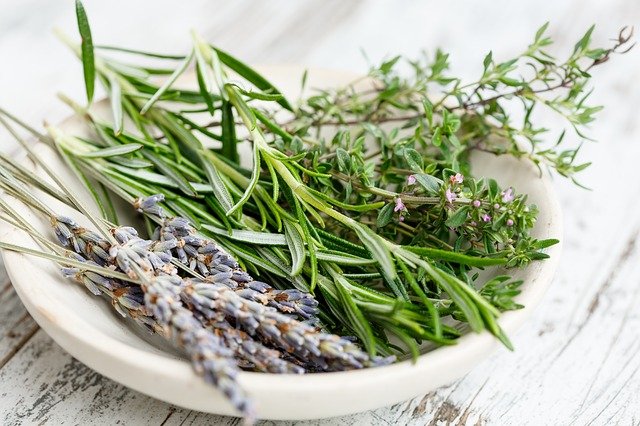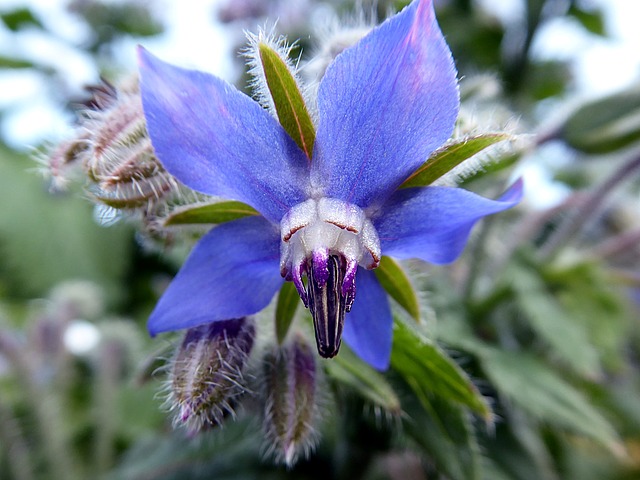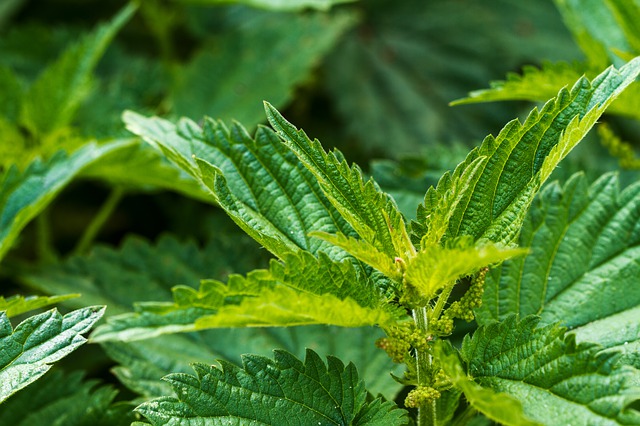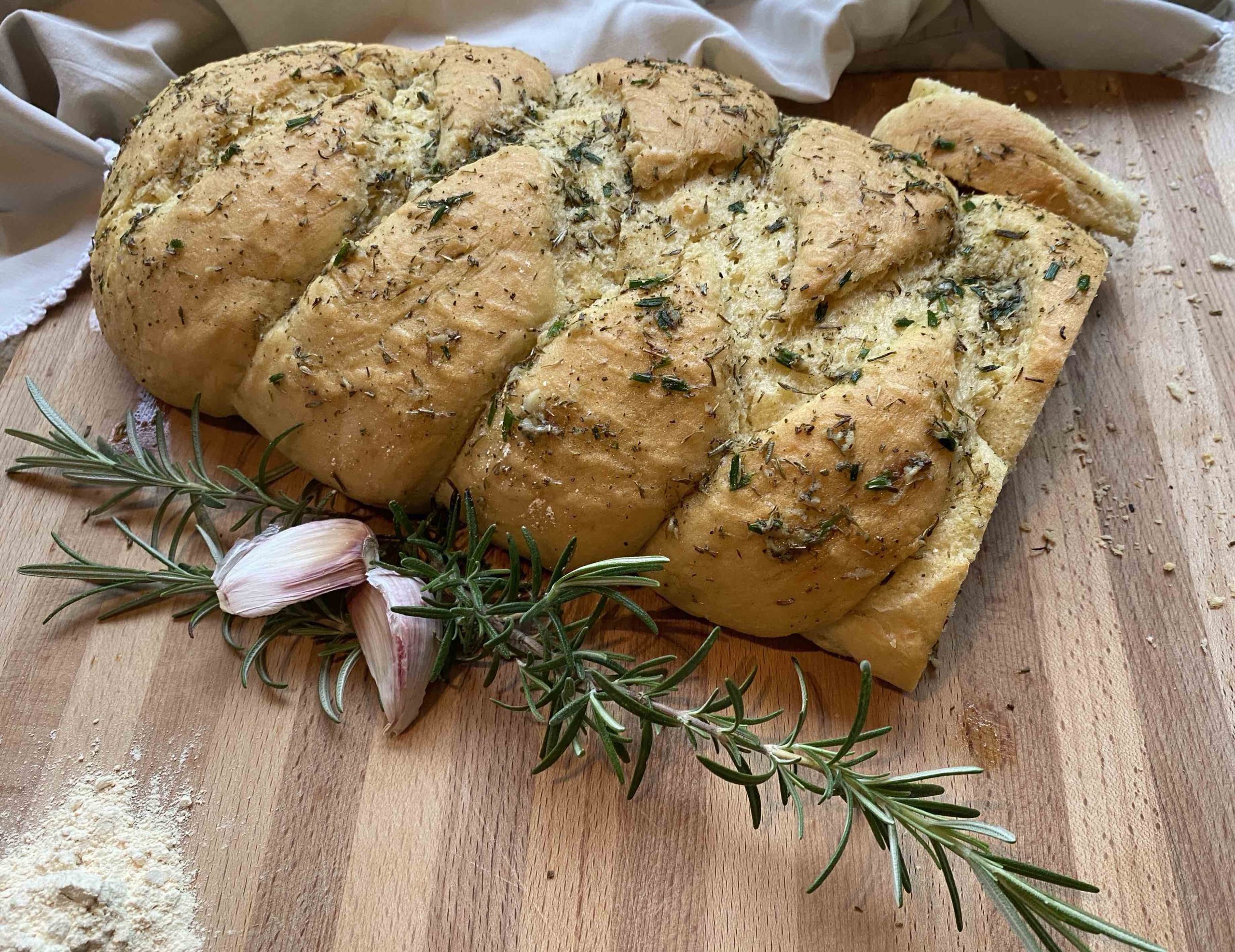An important topic to be addressed, especially in our times, where organic and the return to a more “natural” world are a trend, it is certainly the difference that exists between spontaneous vegetables and herbs.
Already in several articles, such as 14 edible wild herbs, We have talked about what substantial benefits herbs bring to our health, but in this new article I will clarify the difference between edible herbs and more common vegetables.
Doubts often arise about the harmfulness of GMO foods, therefore, we will see what are the differences between non-GMO vegetables and genetically modified ones, comparing them with spontaneous herbs and their uses in phytotherapy and natural home remedies.
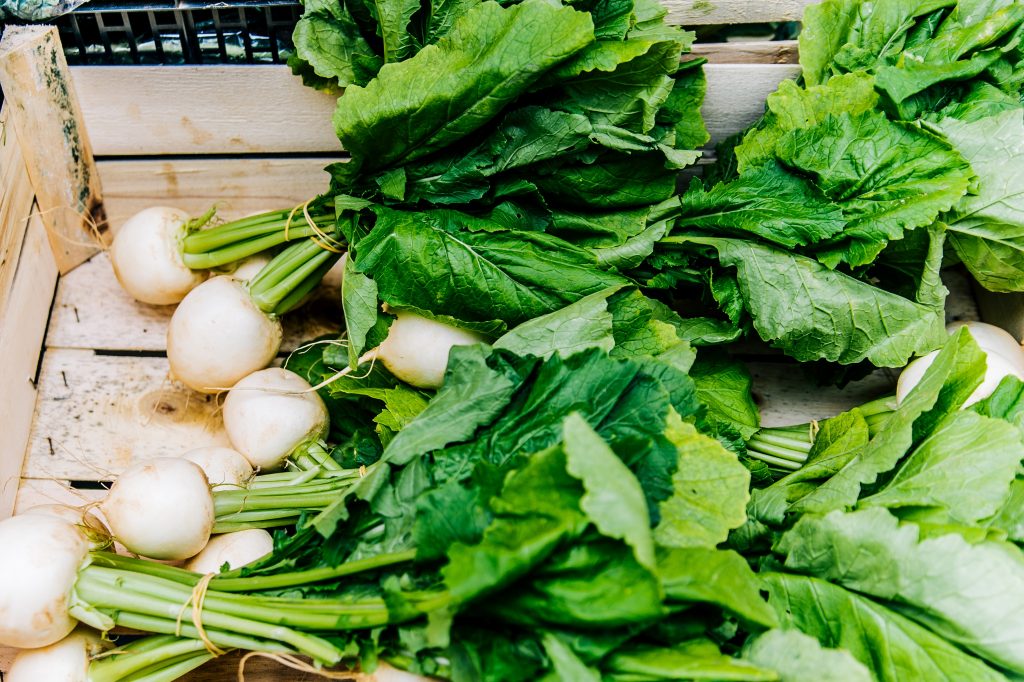
Table of Contents
GMO VEGETABLES
We consume quantities of GMO foods on a daily basis, and the vegetables that we commonly buy in supermarkets certainly do not escape this classification.
Genetically Modified Organisms are called this because their genetic heritage has in fact been artificially modified in the laboratory by man.
The DNA of these plants is modified in such a way as to improve some qualities, such as resistance to some parasites, to drought. The question then spontaneously arises: are GMOs harmful to our health?
Definitely introduce in our body alimenti a cui è stato modificato il corredo genetico non è un toccasana per la salute del nostro organismo.
Lo dimostra la ricerca scientifica dal titolo "Genetically Engineered Crops, Glyphosate and the Deterioration of Health in the United States of America"published in The Journal of Organic Systems.
This study demonstrated, through a substantial amount of detailed scientific evidence, the correlation between GMO foods and diseases such as hypertension, liver failure, thyroid disorders, heart attack, obesity and others.
The research was based almost entirely on theintroduction of glyphosate in transgenic cultivars (varieties of cultivated plants obtained with genetic improvement).
The latter is a very widespread herbicide in the world, which causes an excessive increase in substances that upset the endocrine system or cause tumors, inhibiting our body's ability to detoxify itself from xenobiotics.

Convenience for the industry
GMO foods and their production, even in small quantities, pose problems for biodiversity and the freedom of choice for farmers and consumers.
Seeds from GM crops are often patented and owned by multinational companieswhich thus have control over both the seeds and the chemicals used in crops.
The multinationals that have control over these two aspects, have consequently acquired it also on food and oblige consumers and producers to abide by their policies.
Finally, the advent of the GMO has not countered world hunger and has not even halved the use of pesticides in crops, so what is the purpose of cultivating GMOs?
WHY PREFER SPONTANEOUS HERBS AND ORGANIC VEGETABLES
Organic vegetables
A Newcastle University study, published in the British Journal of Nutrition, showed that organic fruit, vegetables and cereals, in addition to containing a very low number of pesticides (in non-organic plants it is 4 times greater), also retain a large amount of nutrients and antioxidants essential for our body.
Organic vegetables they are not subjected to ripening cycles with ethylene, as is the case for many types of non-organic vegetables and fruit,held in chambers with a high presence of this gas
The US Environmental Protection Agency has classified 90% of fungicides, 60% of herbicides and 30% of potentially carcinogenic insecticides, therefore, eating organic can help reduce the risk of cancer.
Organic is the only specification that guarantees the absence of GMOs in what it produces. By doing so, it also guarantees the maintenance of biodiversity, which is essential for the survival of our planet.
L’OGM promuove la monocoltura ad alto rendimento, che ovviamente distrugge la biodiversità e rende i produttori dipendenti dalle multinazionali.
Wild herbs
In the past, it was the seasons that regulated the diet of our ancestors. This guaranteed the intake of seasonal and obviously more organic than ever plants.
Now, we are used to finding any type of vegetable in every season of the year,coming from distant countries or in any case the result of non-organic crops.
Le erbe spontanee rappresentano quindi un modo tutto naturale di mangiare sano e sicuro.
Ma non solo: le piante selvatiche possono garantirci una grandiosa quantità di nutrienti e sostanze che, se paragonati, nella verdura risultano scarsi.
For example: l’ortica vanta 5 volte il contenuto di ferro degli spinaci e 7 volte quello di vitamina E.
Non pensavi che l’erba che da bambino ti graffiava le gambe potesse diventare un tuo alleato da adulto, vero?
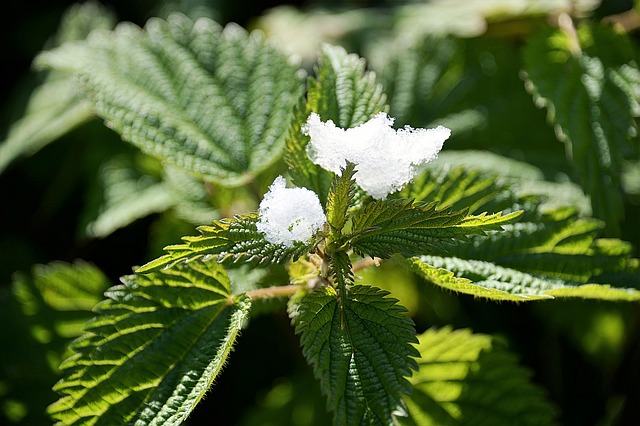
ARE RAW VEGETABLES BETTER?
Humans are the only animals that heat or cook the food they are going to eat. Some researches have theorized that starting to cook food was the process of evolution of the primitive towards homo sapiens:cooking food is thought to have contributed to brain development.
What about the cooked food that promoted this leap towards human brain development and critical thinking?
The cooking process is capable of doing many things like kill harmful microbes present in food and increase the calorie content to which humans have access, in two ways:
- denaturing the proteins to allow for an easier digestion in the stomach
- breaking down the fibers that are difficult to digest, thus allowing our body to improve the absorption of essential nutrients
However, other aspects of life have evolved, such as medicine and technology, therefore, many foods that our ancestors found dangerous to eat, now can easily be included in our diet, for example raw fish.
However,cooking certain foods can really help break down some complex fibers, such as those in broccoli or carrots, but it also causes a decrease in the nutrients these vegetables provide.
But so back to us, is it better to eat raw or cooked? It depends..
If you eat legumes and wheat, cooking is also suitable for degrading antinutrients (toxins) that do not allow our body to benefit from nutrients instead.
raw vegetable to eat
There are some vegetables that if eaten raw, provide a greater amount of nutrients important for our body and these are for example:
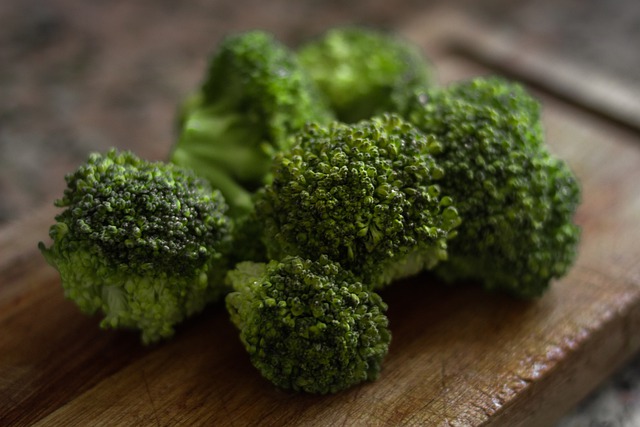
- Broccoli rich in vitamin C that, if cooked, would be lost in the cooking water. They also contain more sulfur than cooked broccoli, substance that helps the liver to purify itself of waste and toxins
- The cabbage
- The cucumbers
- Raw onions are low in calories and are capable of counteracting the growth of harmful microorganisms in addition to having a diuretic action, they benefit the bones and counteract tumors
- Raw garlic helps digestion,it is good for the liver with its antibacterial and purifying properties, it is also good for the liver and bladder
- Green peppers
COOKED VEGETABLES TO EAT
The best cooked vegetables to eat are:
- The asparagus
- The mushrooms
- Spinaches
- Cooked tomatoes facilitate the absorption of lycopene.This antioxidant in addition to preventing cellular aging, considerably reduces the risk of cancer of the digestive system.
- Carrots
- Potatoes
- Legumes
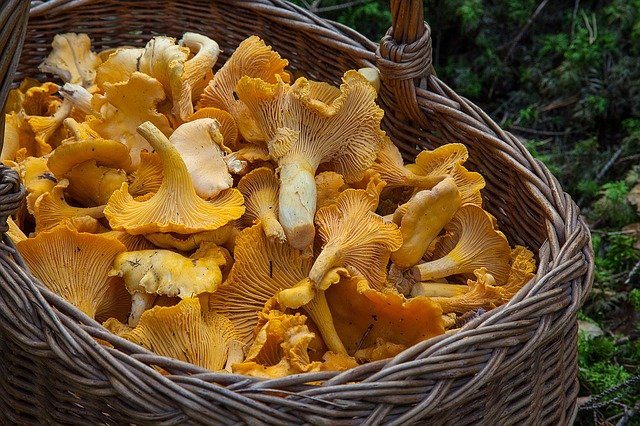
Obviously, it all depends on the digestive abilities of each person, but in general with respect to the nutritional values of each vegetable, these are the divisions between vegetables that are best eaten cooked and vegetables that are best eaten raw.
USES OF WILD HERBS
Before the advent of modern pharmacology,which dates back to 1929 with the discovery of penicillin, the only therapeutic aids were natural remedies.
Already in ancient times some patients were treated with ampelotherapy, that is, through grape juice,considered a valuable source of beneficial substances.
To date, the use of natural remedies is still very popular and all of us, at least once, have also unwittingly resorted to herbal medicine.
Sometimes, we also introduce these wild herbs into our body as an evening pampering, through herbal teas and infusions.
Wild herbs can be used in the form of:
- herbal tea (decoction, infusion, macerated) with both dried and fresh plants
- bath, recommended in case of rheumatic diseases and arthrosis
- poultice,that is a topical application on inflamed areas, very useful for bronchitis and pharyngitis
- fumigation, very useful for treating laryngitis and rhinitis. Usually a mix of lavender, eucalyptus, thyme and lemon balm can be used too
- elixir, obtained by letting some medicinal plants macerate in alcohol and sugar, for example lemon balm and juniper to purify the liver and kidneys
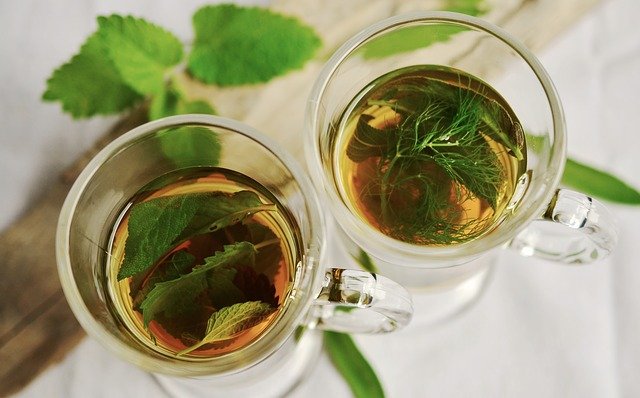
More common herbs
Among the wild herbs, there are very well known and easily available ones. We would never have imagined to be able to use some of them for our herbal teas or even to introduce them in our salads.
Let's see some of them:
- Dandelion,always known as “shower head".It grows spontaneously in the plain and its roots can also be safely collected since its species would not be jeopardized. Dandelion buds can be pickled in place of capers;with the roots you can make a very good decaffeinated coffeeIt has diuretic, purifying and draining properties and is also a powerful antioxidant capable of reducing free radicals, facilitating their elimination via the kidneys.
- Borage, present in abundance in the peninsular territory. It is harvested between December and February, care must be taken not to abuse it raw, given the toxic substances with a potential toxic activity in the liver. It has an expectorant action and is therefore a known remedy against small respiratory problems in the bronchi and throat. It is a valid ally for women thanks to the presence of phytoestrogens,which help to counteract the problems caused by the menstrual cycle. The use of seeds is also very interesting: by squeezing them, an oil is obtained very useful for treating eczema, psoriasis and dermatitis.
- Nettle, by its nature it follows human settlements. It is useful for treating inflammation of the urinary tract. The nettle tops, the more mature ones, are a mild laxative, so they are useful for those suffering from constipation. Nettle is gladly used in risottos. It is a powerful antianemic, although it does not contain much iron: case still to be clarified, but it is probably because, together with other substances, the nettle exerts a greater anemic action, more than other foods that contain only iron. The presence of secretin promotes the secretion of digestive juices which help improve digestion; it is also effective against hair loss, brittle nails and rheumatism, stimulates the immune system and has a modest diuretic and draining action.
In conclusion, it is easy to understand what are the differences between vegetables and wild herbs: la verdura è un alimento da mangiare tranquillamente ogni giorno, senza neppure pensarci molto.
Le erbe spontanee invece bisogna utilizzarle e ingerirle in base alle proprie necessità fisiche e anche accompagnarle eventualmente a una terapia medica per velocizzare la cura.
It should be borne in mind that those who have no particular pathologies can safely treat themselves exclusively with natural herbal remedies.

